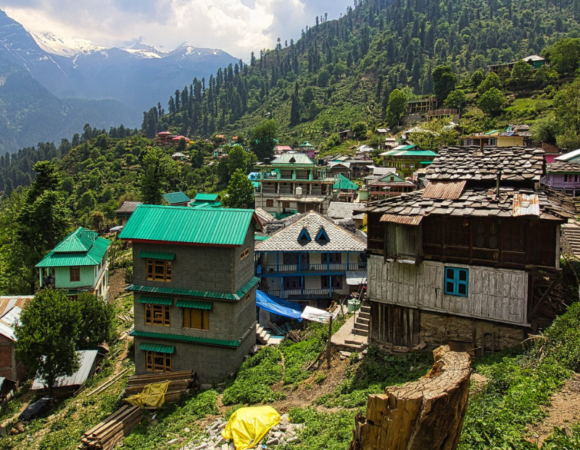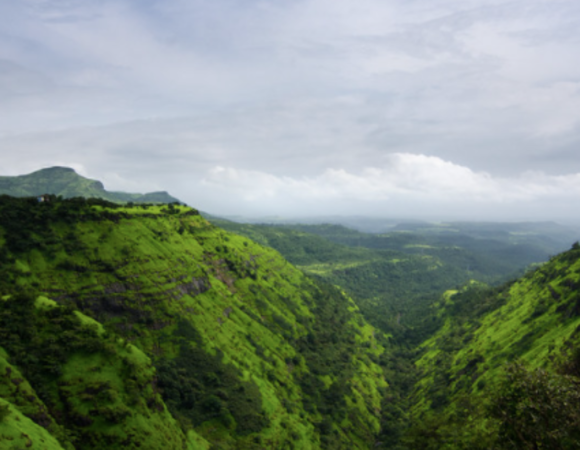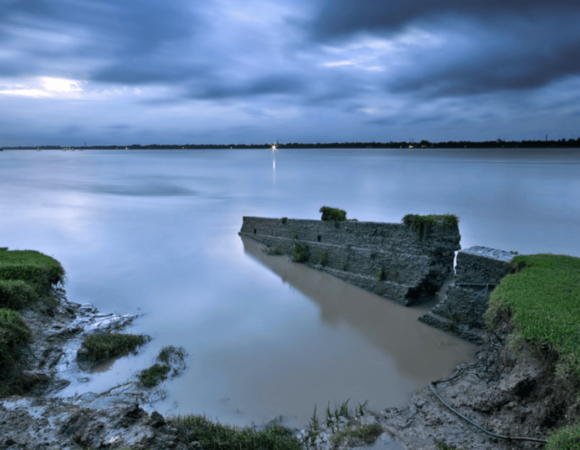Must Visit Places in Sainj Valley – A Hidden Himalayan Paradise
Sainj Valley offers pristine alpine meadows, ancient temples, and untouched wilderness. Discover 10 must-visit places in this hidden gem of Himachal Pradesh with our complete travel guide.
Table of Contents
ToggleTucked away in the heart of Himachal Pradesh lies a secret that most travelers never discover. While crowds flock to popular destinations like Manali and Kasol, Sainj Valley remains beautifully untouched, offering an authentic mountain experience that feels like stepping into another world.

This pristine valley sits within the Great Himalayan National Park, a UNESCO World Heritage Site that protects some of India’s most spectacular wilderness. Here, ancient temples stand guard over emerald meadows, crystal-clear streams dance through dense forests, and traditional villages preserve centuries-old ways of life.
Unlike the bustling hill stations that have lost their charm to commercialization, Sainj Valley rewards those who seek genuine tranquility. The air is crisp and clean, the landscapes are untouched by concrete structures, and the silence is broken only by birdsong and flowing water.
Ready to explore this hidden paradise? Let’s discover the 10 must-visit places that make Sainj Valley one of Himachal’s most magical destinations.
How to Reach Sainj Valley

Getting to Sainj Valley requires some planning, but the journey is part of the adventure. The valley’s remote location means you’ll truly leave the busy world behind.
By Air: The nearest airport is Bhuntar Airport (Kullu), located about 60 kilometers from Sainj Valley. Regular flights connect Bhuntar to Delhi and Chandigarh. From the airport, you’ll need to hire a taxi or take local buses to reach the valley.
By Train: Joginder Nagar is the closest railway station, situated approximately 120 kilometers away. However, most travelers prefer flying to Bhuntar as train connections are limited and the journey takes much longer.
By Road: This is the most popular option for reaching Sainj Valley. From Delhi, the drive takes about 12-14 hours via Chandigarh and Mandi. The route passes through beautiful mountain scenery, making the long journey worthwhile. Regular bus services run from Delhi, Chandigarh, and other major cities to nearby towns like Aut, from where you can catch local buses or hire taxis.
Driving Tips: The roads to Sainj Valley are narrow and winding, especially in the final stretch. Drive carefully and keep your vehicle well-maintained. Fuel up in Aut or Banjar, as petrol pumps are scarce in the valley.
Best Time to Visit Sainj Valley
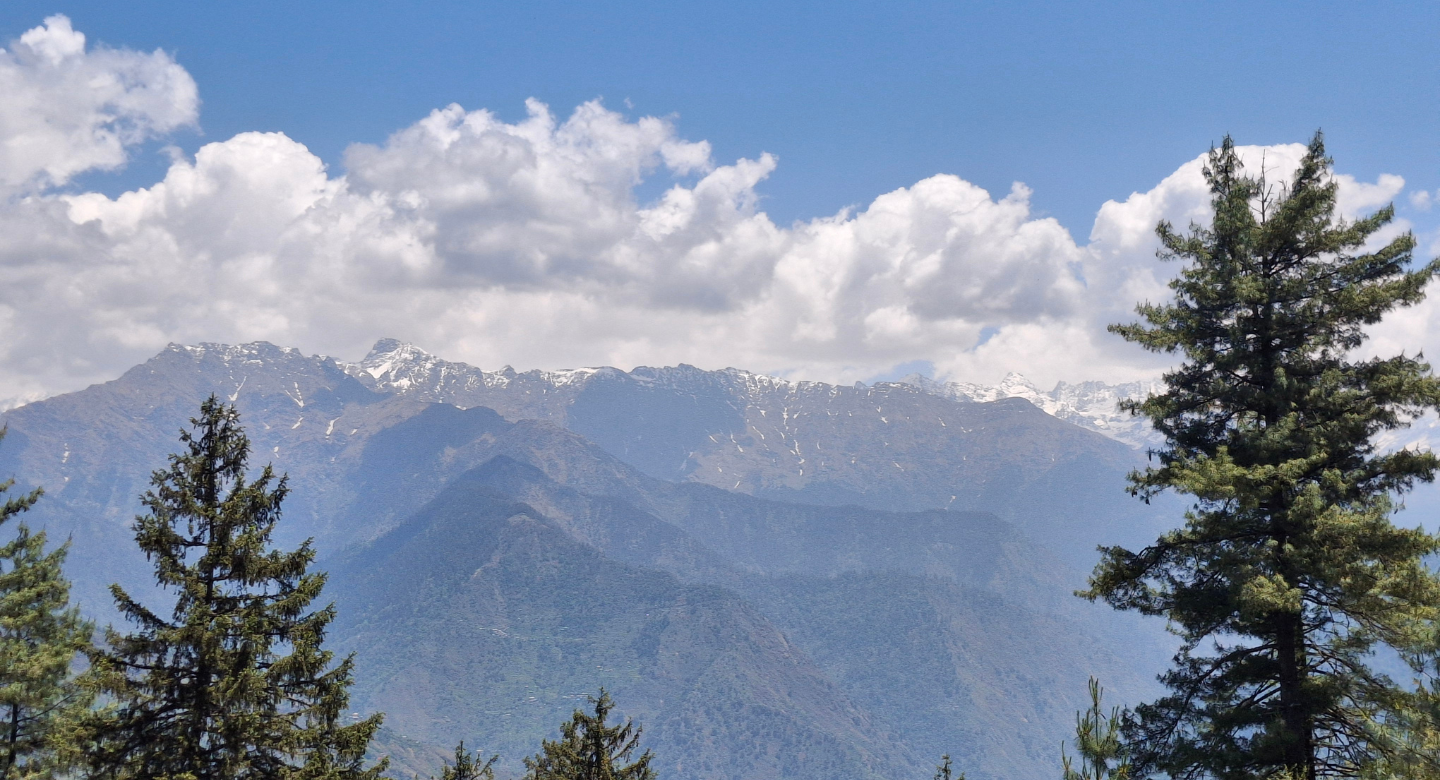
Timing your visit to Sainj Valley can make all the difference in your experience. Each season offers something unique, but some periods are definitely better than others.
Spring (March to May): This is arguably the best time to visit. The weather is pleasant with temperatures ranging from 10°C to 25°C. Rhododendrons bloom across the hillsides, creating stunning displays of pink and red flowers. The trails are clear, and all areas are accessible.
Summer (June to August): While temperatures remain comfortable (15°C to 30°C), this is also monsoon season. Heavy rains can make trekking dangerous and roads slippery. However, if you don’t mind occasional showers, the valley looks incredibly lush and green during this time.
Autumn (September to November): Another excellent time to visit, with clear skies and crisp air. Temperatures range from 5°C to 20°C. The post-monsoon period offers crystal-clear mountain views and perfect trekking conditions. Apple orchards are heavy with fruit, adding to the valley’s charm.
Winter (December to February): Snow transforms Sainj Valley into a winter wonderland, but many areas become inaccessible. Temperatures can drop below freezing, and you’ll need proper winter gear. Some villages may be cut off, so plan accordingly if visiting during this season.
Best Activities by Season: Spring and autumn are ideal for trekking and photography. Summer works well for cultural exploration if you don’t mind rain. Winter is perfect for those seeking solitude and snow-covered landscapes.
10 Must Visit Places in Sainj Valley
1. Shangarh Meadows & Shangchul Mahadev Temple
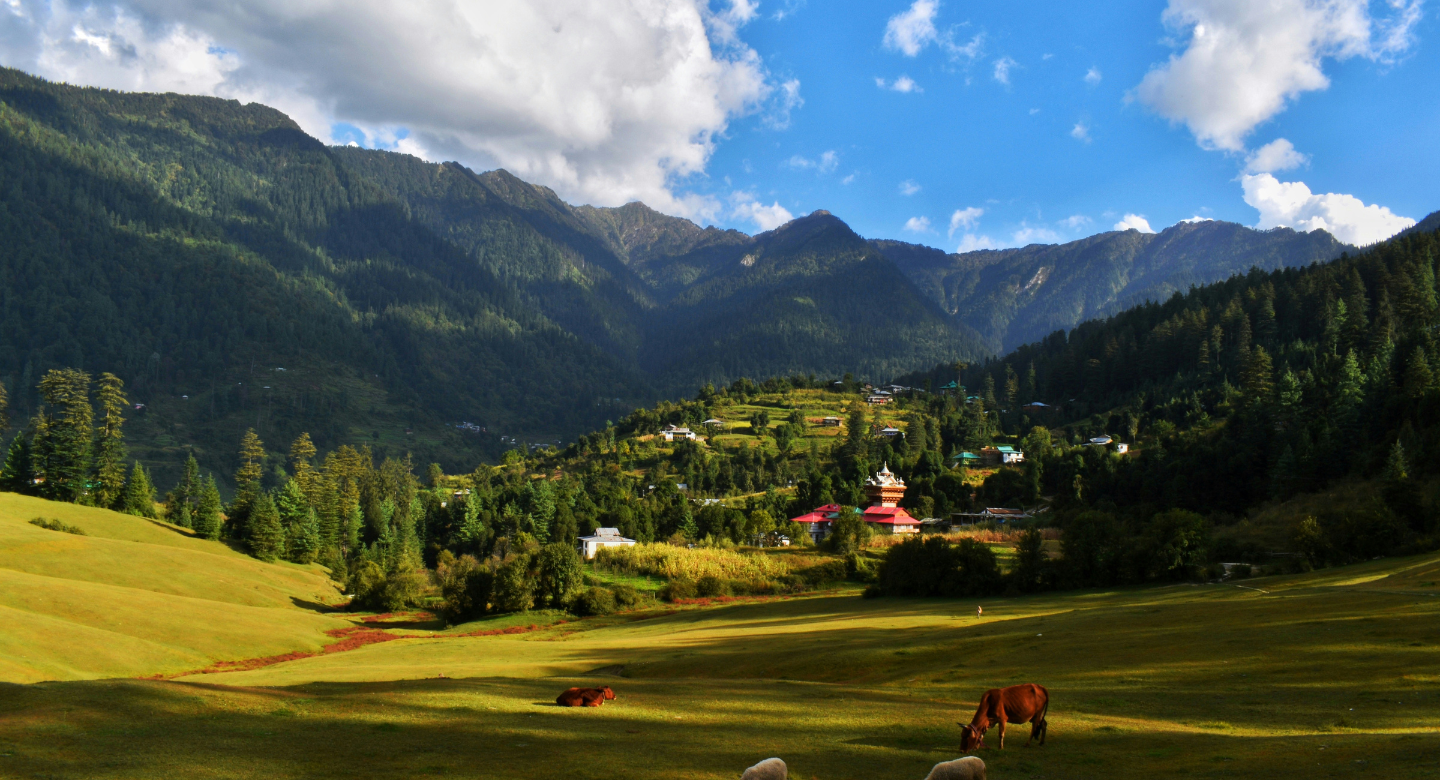
Shangarh Meadows stretch like a green carpet across the valley floor, offering some of the most breathtaking views in all of Himachal Pradesh. These vast alpine grasslands seem to go on forever, surrounded by dense forests and towering peaks.
At the heart of these meadows stands the ancient Shangchul Mahadev Temple, dedicated to Lord Shiva. Local legends say this temple has protected the valley for over a thousand years. The temple’s simple stone structure might look modest, but its spiritual energy is palpable. Many visitors describe feeling a deep sense of peace here.
The meadows are perfect for camping, photography, and simply soaking in nature’s beauty. During spring, wildflowers carpet the grass, while autumn brings golden hues that glow in the mountain light. The area offers easy walks suitable for all fitness levels.
2. Pundrik Rishi Lake
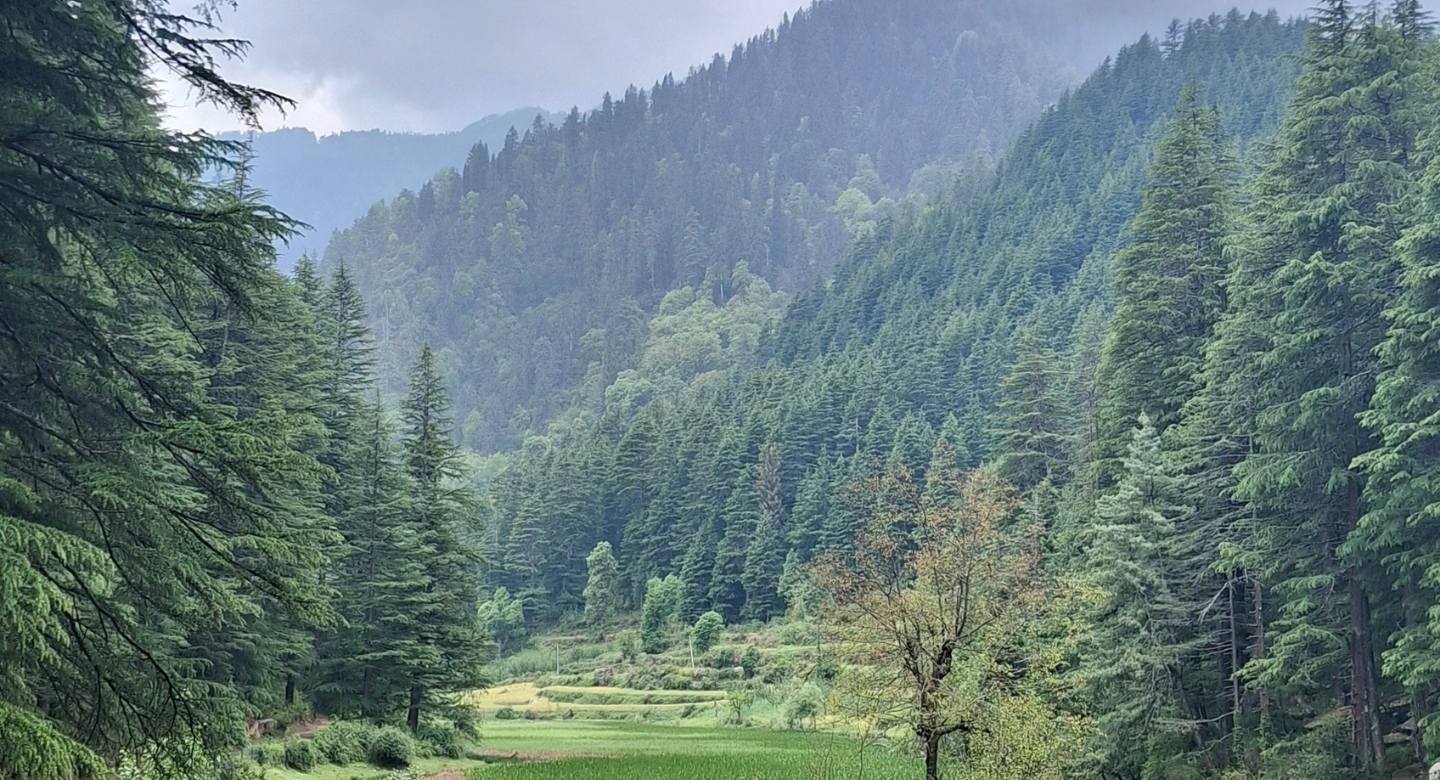
Hidden deep within the forest, Pundrik Rishi Lake is one of Sainj Valley’s best-kept secrets. This sacred lake is named after the sage Pundrik, who is said to have meditated here centuries ago. The trek to reach the lake takes you through dense woods filled with oak, deodar, and rhododendron trees.
The lake itself is small but incredibly beautiful, with crystal-clear water reflecting the surrounding forest. Local people consider it sacred and often come here to make offerings. The peaceful atmosphere makes it an ideal spot for meditation and quiet reflection.
The trek to Pundrik Rishi Lake is moderately challenging and takes about 3-4 hours one way. The trail can be slippery during monsoons, so spring and autumn are the best times to visit. Remember to carry water and snacks, as there are no facilities along the way.
3. Deohari Village & Devi Navdurga Temple

Deohari Village showcases the traditional architecture and lifestyle that make Sainj Valley so special. The village is built on terraced hillsides, with houses made from local stone and wood. Narrow paths wind between homes, leading to small fields where locals grow vegetables and grains.
The village’s crown jewel is the Devi Navdurga Temple, famous for its intricate wooden carvings and unique architectural style. The temple’s walls and pillars are covered with detailed artwork that tells stories from Hindu mythology. Local craftsmen spent years creating these masterpieces using traditional techniques passed down through generations.
Visiting Deohari offers a glimpse into authentic mountain life. The villagers are incredibly welcoming and often invite visitors to share tea and local food. You can learn about traditional farming methods, local customs, and the challenges of mountain living. The village also offers stunning views of the surrounding peaks and valleys.
4. Shenshar Village & Manu Rishi Temple
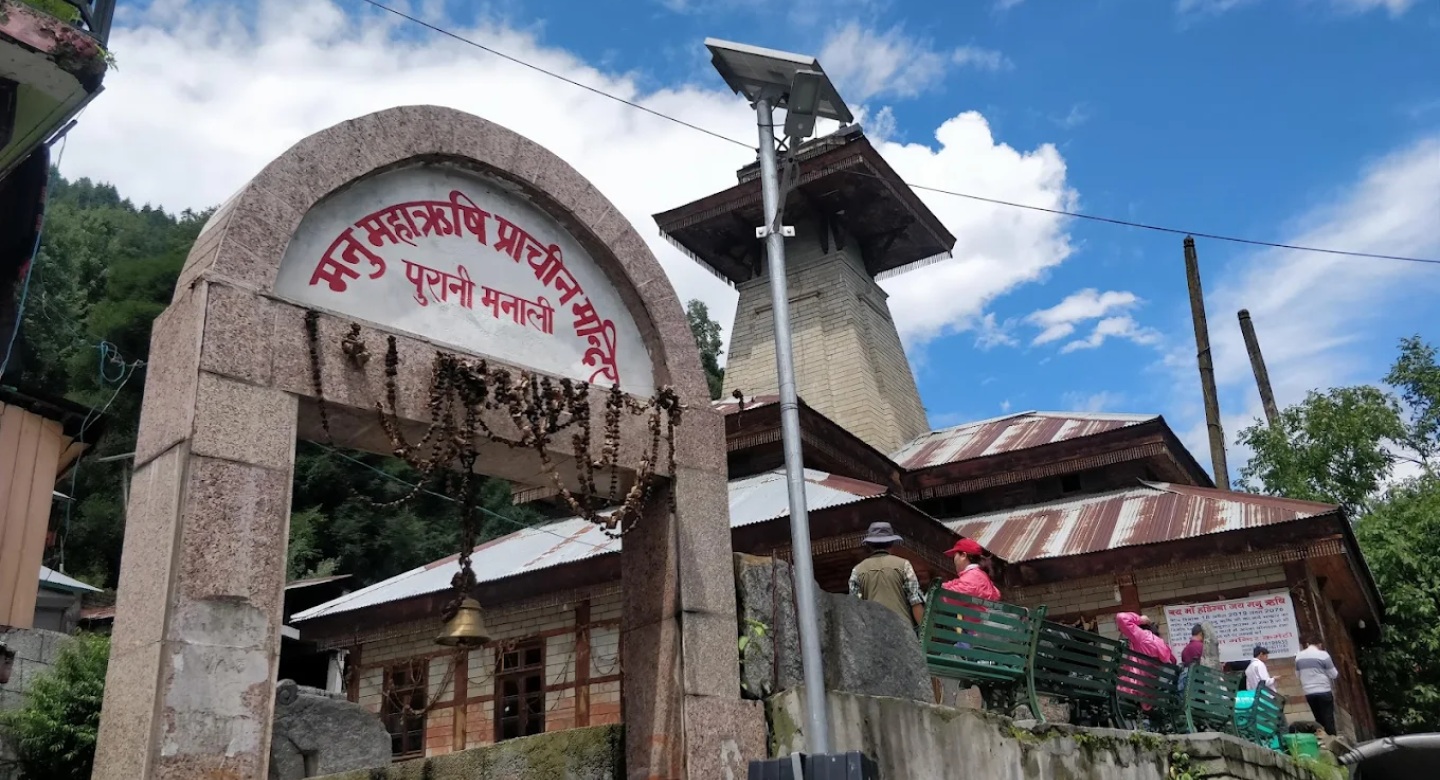
Perched high on a hillside, Shenshar Village feels like it’s touching the clouds. This small hamlet is home to fewer than 50 families, making it one of the most peaceful places in Sainj Valley. The village offers panoramic views that stretch across multiple mountain ranges.
The Manu Rishi Temple here is dedicated to the sage Manu, who is considered the father of humanity in Hindu tradition. According to local stories, Manu meditated in this exact spot thousands of years ago. The temple is simple but atmospheric, with prayer flags fluttering in the mountain breeze.
What makes Shenshar special is its incredible tranquility. There’s no mobile network, no traffic noise, and no commercial activity. It’s the perfect place to disconnect from the modern world and reconnect with nature. The villagers live a simple life, growing their own food and maintaining age-old traditions.
5. Upper Neahi Village & Sari Kanda Trek

Upper Neahi Village offers the ultimate digital detox experience. Located at a high altitude with no mobile coverage, this village forces you to slow down and appreciate simple pleasures. The houses are scattered across steep slopes, connected by narrow stone paths.
Sari Kanda, a prominent peak near the village, provides excellent hiking opportunities. The climb is challenging but rewarding, offering 360-degree views of the Great Himalayan National Park. On clear days, you can see peaks stretching into Tibet.
Life in Upper Neahi revolves around agriculture and animal husbandry. Families grow apples, potatoes, and various grains on terraced fields carved into the mountainside. Staying with local families gives you insights into sustainable mountain living practices that have worked for centuries.
6. Raktisar Trek

The Raktisar Trek is considered one of the most challenging yet rewarding adventures in Sainj Valley. This difficult trek leads you to the source of the Sainj River, taking you through some of the most pristine wilderness in the region.
The trail passes through multiple climate zones, from temperate forests to alpine meadows to rocky high-altitude terrain. You might spot rare wildlife including snow leopards, brown bears, and various Himalayan birds. The biodiversity here is incredible, with many species found nowhere else in India.
The trek requires good fitness and proper preparation. You’ll need camping gear, warm clothes, and enough food for several days. Local guides are essential for safety and navigation. The best time for this trek is late spring to early autumn when weather conditions are most stable.
7. Jiwa Nala Trek
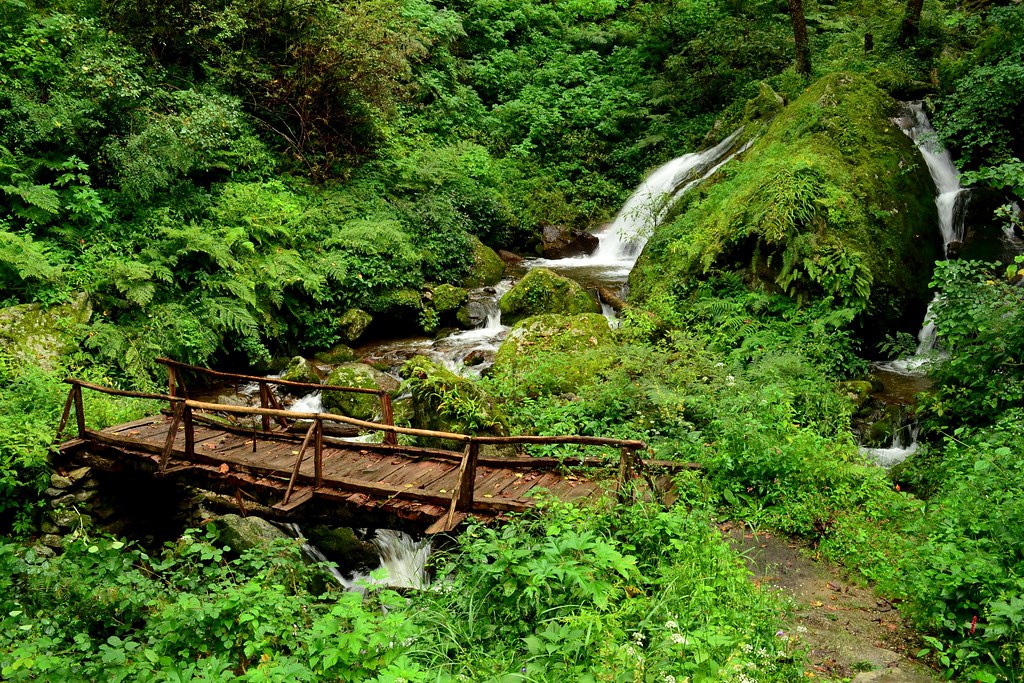
The Jiwa Nala Trek offers a unique opportunity to walk from Sainj Valley to the famous Parvati Valley through dense forest trails. This moderate trek takes 2-3 days and provides an amazing cross-section of Himalayan ecosystems.
The trail follows ancient trade routes once used by local people to move between valleys. You’ll walk alongside gurgling streams, through rhododendron forests, and across high mountain passes. The changing landscapes keep the journey interesting throughout.
What makes this trek special is the cultural exchange it offers. You’ll meet people from different valleys, each with their own traditions and stories. The trek also provides excellent opportunities for photography, with dramatic mountain vistas and pristine forest scenes around every corner.
8. Great Himalayan National Park (GHNP)

The Great Himalayan National Park forms the backbone of Sainj Valley’s natural heritage. This UNESCO World Heritage Site protects over 750 square kilometers of pristine Himalayan wilderness, making it one of India’s most important conservation areas.
The park is home to incredible biodiversity, including over 375 bird species and 31 mammal species. You might encounter blue sheep, Himalayan tahr, musk deer, and if you’re very lucky, the elusive snow leopard. The park’s forests contain ancient trees, rare medicinal plants, and colorful wildflowers.
Exploring GHNP requires permits, which you can obtain from forest offices in nearby towns. Guided tours are available and highly recommended, as local guides can help you spot wildlife and explain the park’s ecology. The park offers everything from easy nature walks to challenging multi-day treks.
9. Barshangarh Waterfall

Hidden away from the main tourist circuits, Barshangarh Waterfall offers a refreshing escape into nature’s beauty. The waterfall cascades down a rocky cliff face, creating a natural pool perfect for a cool dip during warm weather.
The hike to reach the waterfall takes about 2 hours through beautiful forest paths. The trail is relatively easy, making it suitable for families and casual hikers. Along the way, you’ll cross small streams, walk through meadows, and enjoy glimpses of distant peaks.
What makes Barshangarh special is its peaceful atmosphere. Unlike popular waterfalls that attract crowds, this hidden gem remains largely undiscovered. You can spend hours here without seeing another soul, listening to the water’s soothing sounds and enjoying the natural beauty.
10. Rupi Raila Village & Ancient Twin Towers
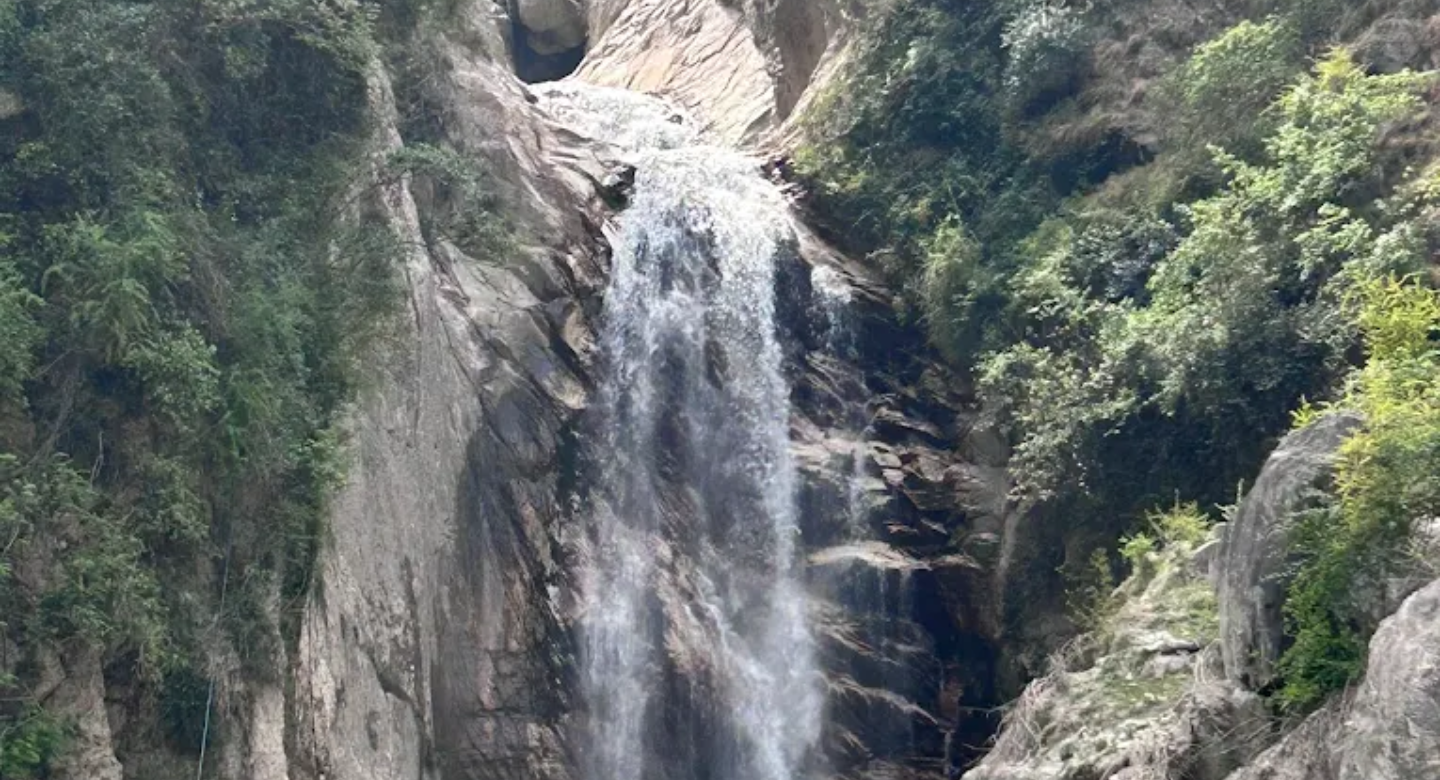
Rupi Raila Village combines rustic mountain beauty with fascinating historical architecture. The village is famous for its ancient twin towers, mysterious stone structures whose origins remain unclear. Local legends attribute them to various historical periods and purposes.
These towers are architectural marvels, built entirely from local stone without any mortar. Despite their age, they remain remarkably well-preserved. Climbing to their tops provides excellent views of the surrounding valleys and peaks.
The village itself maintains traditional Himachali architecture and lifestyle. Families here have lived the same way for generations, farming small plots and raising livestock. The hospitality is incredible, with villagers often inviting visitors to share meals and stories about local history and customs.
Things to Do in Sainj Valley
Sainj Valley offers activities that connect you deeply with nature and local culture. Unlike commercialized destinations, the experiences here are authentic and transformative.
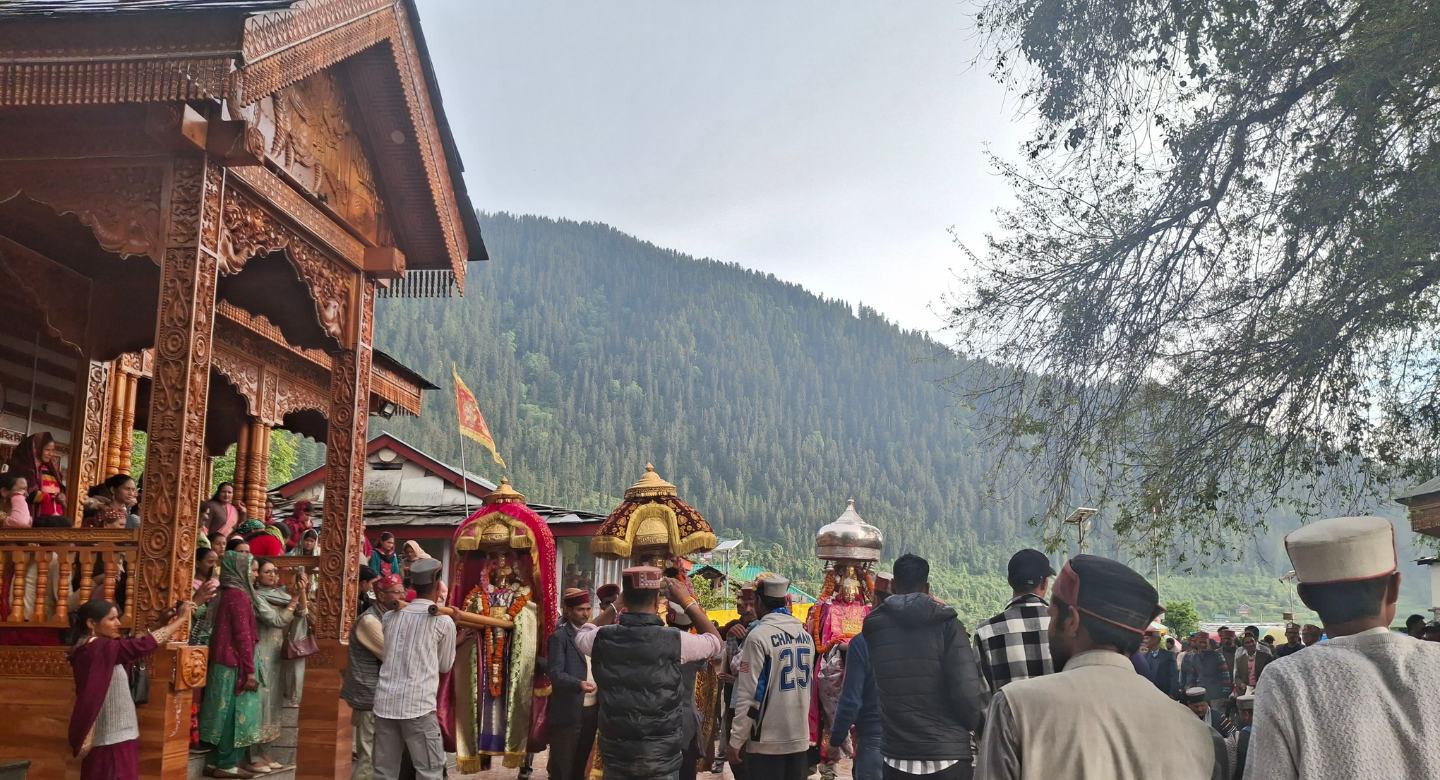
Trekking and Nature Walks: The valley provides trails for every skill level. Easy walks through meadows and villages are perfect for families, while challenging treks to high-altitude lakes and peaks satisfy adventure seekers. Every trail offers stunning scenery and opportunities to spot wildlife.
Birdwatching and Photography: With over 300 bird species, Sainj Valley is a paradise for birdwatchers. You might see colorful Himalayan species like the Western Tragopan, Monal Pheasant, and various species of eagles and hawks. The dramatic landscapes also provide endless photography opportunities.
Exploring Temples and Villages: The valley’s ancient temples tell stories of centuries-old spiritual traditions. Each village has its own character and customs. Spending time with local families provides insights into sustainable mountain living and traditional crafts.
Local Food and Culture: Try authentic Himachali dishes like siddu, babru, and local varieties of dal and vegetables. Many ingredients are grown organically in village gardens. Participating in local festivals and ceremonies offers glimpses into rich cultural traditions.
Travel Tips & Essentials
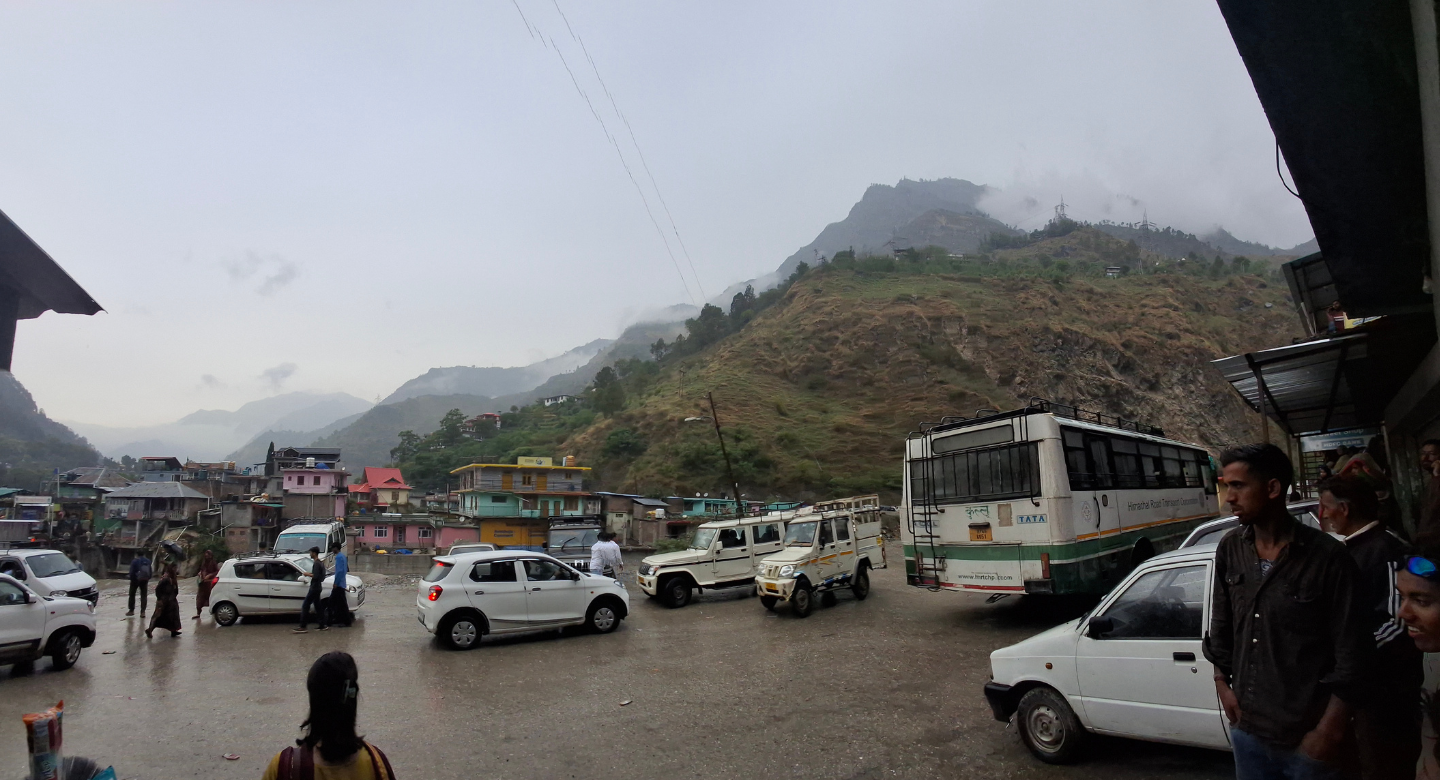
Planning ahead ensures a smooth and enjoyable visit to Sainj Valley. Here’s what you need to know before you go.
Entry Permits: You’ll need permits to enter certain zones of the Great Himalayan National Park. Obtain these from forest offices in Banjar or nearby towns. Carry multiple passport-size photos and identity proof. Some areas require advance booking, especially during peak season.
Basic Supplies and Services: ATMs are scarce in the valley, so carry sufficient cash. The last reliable ATM is usually in Banjar town. Mobile network coverage is patchy or non-existent in many areas, which can be a blessing for digital detox but challenging for emergencies.
Packing Tips: Pack according to the season and your planned activities. Essential items include warm clothes (even in summer, nights can be cold), rain gear, comfortable trekking shoes, first aid supplies, and a reliable flashlight. If camping, bring appropriate gear or arrange rentals in advance.
Cultural Etiquette and Sustainability: Respect local customs and religious sites. Dress modestly when visiting temples. Ask permission before photographing people. Follow Leave No Trace principles – pack out all trash, don’t disturb wildlife, and stick to established trails. Support local economy by buying from village shops and staying in local guesthouses.
Why You Should Visit Sainj Valley
Sainj Valley represents something increasingly rare in our busy world – a place where time slows down, nature reigns supreme, and authentic experiences await around every corner. This hidden gem offers everything that makes mountain travel truly magical.
The valley’s pristine beauty will leave you breathless. Ancient meadows stretch toward snow-capped peaks, crystal-clear streams sing through untouched forests, and traditional villages preserve ways of life that connect us to our roots. Every sunrise brings new wonders, every trail leads to unexpected discoveries.
But Sainj Valley offers more than scenic beauty. It provides perspective on what really matters in life. Away from digital distractions and urban pressures, you’ll find space to think, breathe, and reconnect with yourself. The warmth of local hospitality reminds us that simple human connections are life’s greatest treasures.
The valley also represents hope for sustainable tourism. By choosing destinations like Sainj Valley over crowded alternatives, you support communities that depend on tourism while helping preserve fragile mountain ecosystems. Your visit can make a positive difference.
Whether you seek adventure on challenging treks, peace in ancient temples, or simply the joy of discovering places few have seen, Sainj Valley delivers experiences that stay with you forever. This is travel at its most meaningful – not just seeing new places, but being transformed by them.
Come to Sainj Valley with an open heart and a sense of adventure. Leave with memories that will inspire you for years to come and a deeper appreciation for the incredible diversity and beauty our world still holds. In an age of over-tourism and commercialized destinations, Sainj Valley reminds us that magic still exists for those willing to seek it.
Pack light, travel slow, and prepare to fall in love with one of India’s last truly wild places. Sainj Valley is waiting to share its secrets with you.
Frequently Asked Questions (FAQs) About Sainj Valley
Is Sainj Valley safe for solo travelers and families?
Yes, Sainj Valley is very safe for both solo travelers and families. The local communities are welcoming and helpful. However, inform someone about your trekking plans, carry basic first aid, and consider hiring local guides for challenging treks. The valley’s remote nature means help may take time to arrive in emergencies.
How many days should I plan for visiting Sainj Valley?
Plan at least 4-5 days to explore the main attractions comfortably. If you want to do serious trekking like Raktisar or Jiwa Nala, allow 7-10 days. A week gives you enough time to visit most places, interact with locals, and truly experience the valley’s peaceful atmosphere without rushing.
Are there accommodation options in Sainj Valley?
Accommodation options are limited but authentic. You’ll find basic guesthouses in villages like Shangarh and some homestays with local families. Many visitors camp in meadows or stay in forest rest houses (advance booking required). Don’t expect luxury hotels – the charm lies in simple, clean accommodation that connects you with nature.
What should I pack for a trip to Sainj Valley?
Pack warm clothes regardless of season (nights are always cold), rain gear, comfortable trekking shoes, first aid kit, flashlight, power bank, and personal toiletries. Bring cash as ATMs are scarce. If trekking, pack camping gear or arrange rentals. Don’t forget sunscreen and sunglasses for high-altitude areas.
Can I visit Sainj Valley during monsoon season?
While possible, monsoon season (June-August) is challenging due to heavy rains, slippery trails, and potential landslides. Some areas may become inaccessible. If you must visit during monsoons, stick to lower-altitude areas, avoid trekking, and be prepared for weather-related delays. Spring and autumn are much better choices.
Do I need special permits to visit all areas in Sainj Valley?
You need permits for certain zones of the Great Himalayan National Park, especially for camping and trekking in core areas. Get permits from forest offices in Banjar or nearby towns. Carry multiple passport photos and ID proof. Some popular spots like Shangarh Meadows don’t require permits, but check current regulations before traveling.
Is mobile network available in Sainj Valley?
Mobile network coverage is very limited and patchy throughout the valley. Many areas, especially remote villages, and trekking routes, have no connectivity at all. This digital detox can be refreshing, but plan accordingly. Inform your family about your itinerary before leaving and don’t rely on your phone for navigation or emergencies.
What kind of food is available in Sainj Valley?
You’ll find simple, authentic Himachali cuisine including rice, dal, local vegetables, and traditional dishes like siddu and babru. Many ingredients are locally grown and organic. Accommodation providers usually offer meals, and some villages have small eateries. Vegetarian options are readily available, but inform hosts about dietary restrictions in advance.
How difficult are the treks in Sainj Valley?
Trek difficulty varies widely. Easy walks to Shangarh Meadows and Barshangarh Waterfall suit beginners and families. Moderate treks like Jiwa Nala require good fitness. Challenging routes like Raktisar demand excellent fitness, proper gear, and experience. Always hire local guides for difficult treks and inform someone about your plans.
What’s the best way to respect local culture while visiting Sainj Valley?
Dress modestly, especially when visiting temples. Ask permission before photographing people or religious sites. Participate respectfully in local customs if invited. Buy from local shops and stay in community-run accommodations to support the local economy. Follow environmental guidelines, pack out trash, and don’t disturb wildlife or damage vegetation.


